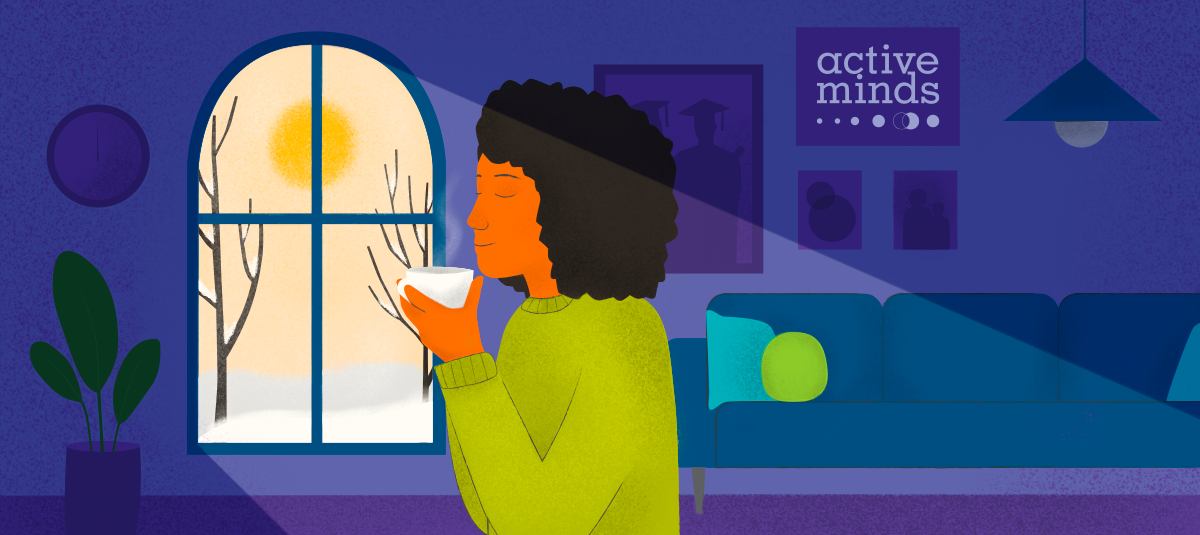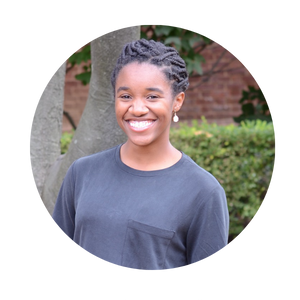I am a loud and self-proclaimed lover of summer. I love everything about the season: how ice cream melts faster than you can eat it, the beach and the smell of salt water, and blockbusters out every other week at the movie theater. But the thing I love most about summertime is the long, extended days. There’s no better feeling than basking in the sun (with plenty of sunscreen on, of course) well after 4 PM, preparing for golden hour.
Like many others, I get a lot of my energy from the sun – so, when fall approaches and the end of daylight savings time looms, I know it’s time to get my ducks in a row and prepare for the effects of Seasonal Affective Disorder (SAD). Though the condition can affect us during any time of year, like many others, I experience its effects from November through March. Symptoms can be very similar to those of major depressive disorder, and can include:
- Losing interest in activities you once enjoyed
- Having low energy consistently
- Oversleeping
- Drastic changes in typical eating patterns
- Difficulty concentrating
- Feeling hopeless, worthless, or guilty consistently
- Having thoughts of not wanting to live
If you think you might be affected by SAD, I encourage you first and foremost to reach out to your primary care provider or a mental health professional for support. In conjunction with that, I wanted to share some of my strategies for living with seasonal affective disorder. I’ve been managing symptoms for over ten years now, and my experience with the disorder has changed over the years, but with time and patience I’ve figured out how to get through the colder months as happily as I can.
First things first: be honest with yourself.
Before I realized I have Seasonal Affective Disorder, I just assumed what I experienced every fall was commonplace. If animals have to hibernate in the winter, then it makes sense that I would feel a little extra tired around this time of year, right? So, I pushed through. This worked for me through high school, but when I went to college and started to also experience symptoms of depression, I was too exhausted to function. Before I could make an appointment at my university’s counseling center, I needed to be honest with myself about how I was feeling, and how much I was struggling. That was the first step.
Talk to someone!
After I realized I didn’t need to struggle in silence, I also realized that meant I needed to talk to someone. Few of my friends could relate to what I was experiencing, and those that did didn’t have the words to discuss it with me – talking to a mental health professional was crucial on my journey to feeling better. They also helped to set me up with strategies that properly address my experience with seasonal affective disorder, so I didn’t have to figure it out all on my own. I’m so grateful to have my mental health support team to provide me with recommendations and medical support if needed.
Figure out what works for you.
By the end of the summer, I’ve started to gather the things I need in order to ultra-comfort during the colder months (weighted blanket, heating pad, various teas and sugar cubes), but I’ve also restarted routines that help me evade SAD as much as possible. For example, I struggle in particular with the sun’s early departure after Daylight Savings Time ends. To amend this, I’ll watch movies and TV shows I know will keep me stimulated and entertained each night from 5-7 PM. Though it doesn’t seem like an out-of-the-ordinary concept (especially for me – I am often watching TV and movies), the formality of establishing a routine around it is so helpful in keeping my brain motivated as the day goes on (this year’s TV/movie selections? Black and white films I’ve had on my list since forever and OG Gossip Girl). Add in a workout or stretch routine where it makes sense to, and plan some nutritious meals or phone calls with friends. In no time you’ll have so much going on, you won’t even notice what time of year it is… and before you know it, it’ll be spring.
Seasonal affective disorder isn’t something I’m proud to have to deal with, but it’s something I deal with proudly. We all have our favorite times of the year for a variety of reasons: holidays, birthdays, and even the position of the sun. As for the rest of the year? Thankfully, we can lean on some simple tools, structures, and each other for support.




